Renault 2.0 dCi engine - Development of the Renault 2.0 dCi engine
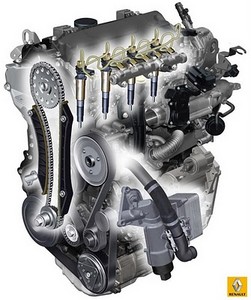
Renault 2.0 dCi engine
The 2.0 turbo diesel codenamed M9R is the successor to the 1.9 dCi. The first cars to be fitted with the 2.0 dCi were the Laguna and Megane 2005. As time went by under the hood of virtually all Renault compact and larger models, it was fitted. Nissan has participated in the development of this engine, so the 2.0dCi unit can also be found on some Nissan models (the use mark M1D).
The engine design is largely based on gasoline from Nissan's MR engine family, except that the block, because of its higher power in diesel engines, is not made of aluminum but cast iron. They do not praise modern solutions. The engine is equipped with common rail injection with piezo injectors and turbocharger of variable geometry. It has 2 camshafts, 16 valves, timing chain and electronic EGR valve and particulate filter (soot particle filter), FAP filter. The engine comes with many different power and torque options, depending on the version it also differs in a 16: 1 or 15,1: 1 compression ratio.
Depending on the model, 2.0dCi consumption varies from about 6 to 8-9 l / 100 km.
The engine received positive ratings for high performance culture, good performance (virtually all power versions) and moderate fuel economy. You can identify several potential problems for these engines.
In the first version of the particulate filter engine, only the 175hp engine was fitted, later appeared in most engines. The particulate filter is the rarest one combined with a 130hp variation.
In order for the system to work properly, special conditions must be met: especially avoid driving on short distances in the city. If necessary, the filter can be regenerated in the service, in the case of large "clogged" may not be possible. After each regeneration in the service, it is recommended to change the engine oil.
The FAP filter should theoretically be enough for the whole life of the car, but usually after 150000 - 200000 km a replacement is needed.
At the start of production, engines often had problems with EGR valve failure.
Piezo injectors are difficult to repair, luckily with 2.0dCi engines they rarely fail.
The flywheel takes longer than in the case of older engines, but there are still cases of accelerated wear of the flywheel.
2.0 dCi engines have a problem with the limited endurance of the crankshaft bearings.
Renault has the same problem with 1.5 and 1.9 dCi engines. This is due to lubrication problems, including excessively long intervals between oil changes. Crankshaft machining required.
Models with 2.0 dCi:
- Renault Espace IV: from 01.2006
- Renault Koleos: from 09.2008
- Renault Megane II 09.2005-04.2009
- Renault Megane III: from 04.2009
- Renault Scenic II: 09.2005-02.2009
- Renault Scenic III: 02.2009
- Renault Laguna II 08.2005-10.2007
- Renault Laguna III: from 10.2007
- Renault Vel Satis: from 08.2005
- Nissan Qashqai: from 02.2007
- Nissan X-Trail II: from 06.2007
CONCLUSION
2.0 dCi engines are usually the optimal source of energy - it combines low operating costs, high enough reliability, good performance and high operating culture. While this is possible, it should be chosen instead of the 1.9 and 1.5 dCi engines.
It comes closest to the 1.9 dCi engine, but has a higher failure rate.
Recommendation of similar texts:

Hi there, I am Mladen and I am an auto enthusiast. I started this blog years ago to help like minded people share information about latest cars, car servicing ideas, used car info, exotic cars, and auto technology. You will find helpful articles and videos on a wide variety of cars - Audi, Mercedes, Toyota, Porsche, Volvo, BMW and much more. Ping us if you have anything cool to share on latest cars or on how to make older cars more efficient, or just want to say hi!


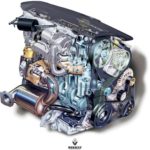
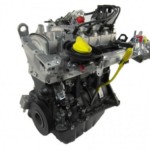
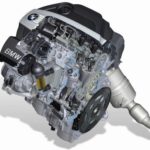
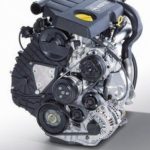
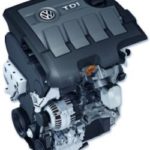
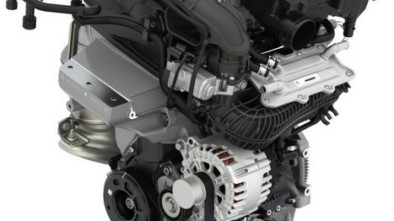
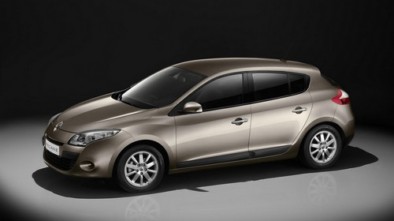
Postovani,
I drive Renault Espace Initiale Paris 2006. 2.2 DCi 110kw (150 horsepower). I searched the internet and could never find out if my engine had a chain or strap. If you could answer me I would appreciate it.
Hello let me clarify about 2.2 dci. Your engine has a belt and it also has a catalytic converter for sure